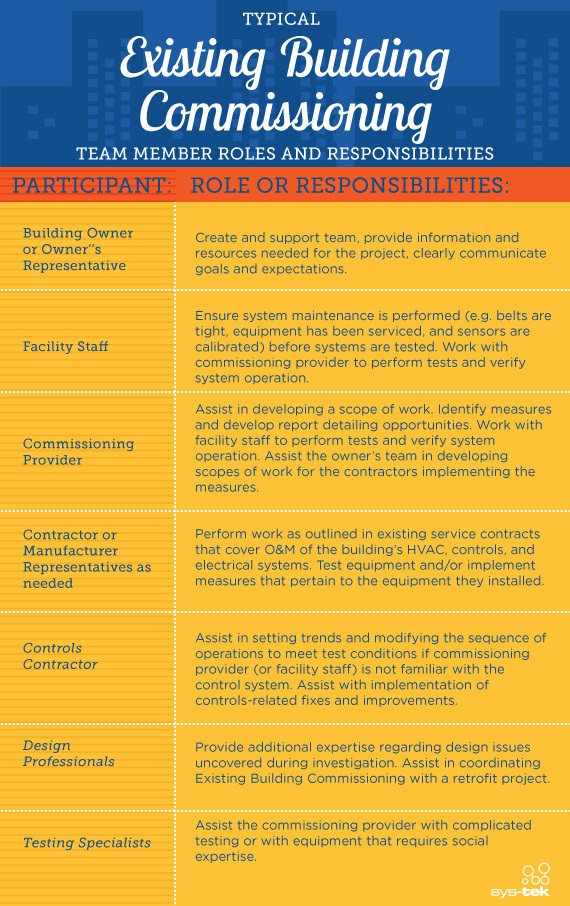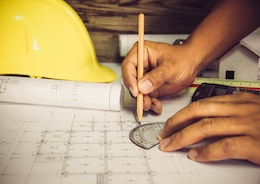The keys to health facility commissioning success
Dec 23, 2013
As existing building commissioning gains traction nationwide, facilities of all types are gearing up to retrofit from head to toe. The remodel of health care facilities, however, comes with a laundry list of especially complicated and unique challenges.
1. The human factor
Hospitals have to be 100 percent operational, 24 hours a day to ensure that all patients are efficiently monitored and cared for. This, of course, remains true even during the construction phases of a commissioning project. Even just a moment of power lapse can have traumatic consequences. This power dependency can spell trouble for testing and updating an all-new power system: having to superimpose an all new power grid over a functioning old one is nothing if not complicated.
Further, the manifestations of the retrofit construction itself can be problematic. Incredibly busy, sleep-deprived doctors and nurses work tirelessly all day alongside scared, grieving and injured patients. Life hangs in the balance on a daily basis. The addition of the stress spawned by whirring machines and constant construction does nothing but agitate the equation.
And then there’s the unshakable consensus that human life has near-infinite value, and it has become implicitly understood that if one building should be able to unbuckle its belt when it comes to gorging on energy, it should be a hospital. Complaints about usage rates fall on deaf ears as medical facilities’ energy bills rise to new heights year after year. Energy-saving (and by the same token, money-saving) initiatives aren’t on an even playing field with life-saving equipment when it comes to finalizing a quarterly budget. According to existing building commissioning professionals, most healthcare facility managers simply do not realize the benefits of retro-commissioning.
2. Convoluted maintenance policies
Facilities looking to retro-commission also need to worry about the maintenance of their future designs. Outsourcing maintenance is extremely commonplace in medical facilities, and called-in crews need to be prudently familiarized with any new system. Additionally, the new equipment needs to be alarmed and integrated in such a way that it can be quickly troubleshot if and when there’s any sort of system failure.
Such integration also means that such systems need to instantly click on when emergency generators come into play during a power outage – a need that hospitals have obvious reasons not to skirt.
3. A new wave of powered devices
Hospitals have undergone somewhat of a metamorphosis over the past decade. Gone are the sterile environments of bleached sheets and rooms spotless to surgical acuity. Today’s hospitals are in many ways more like resorts in the way they cater to the wellbeing and relaxation of patients. More comfortable beds, upscale furnishings and entertainment, better food, and even day classes on subjects ranging from pottery to cooking can be found in medical facilities across the nation.
And what do all these things need? Power, and lots of it, at varying intervals and at varying times. Such a surge is hard to predict and leaves little wiggle room for forecasters trying to lay an energy strategy for the future. This remains especially true when such fluctuations are espoused with the already staggering amount of technology a hospital employs on a day-to-day basis.








